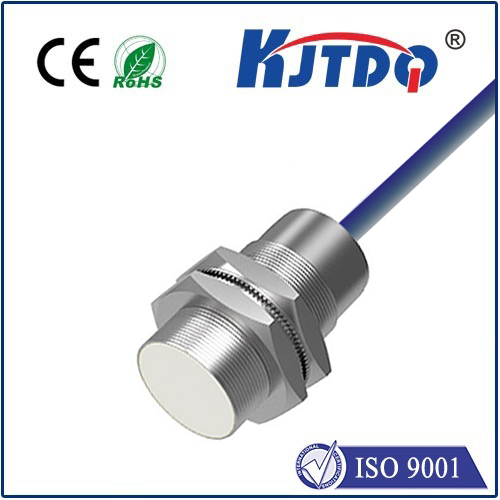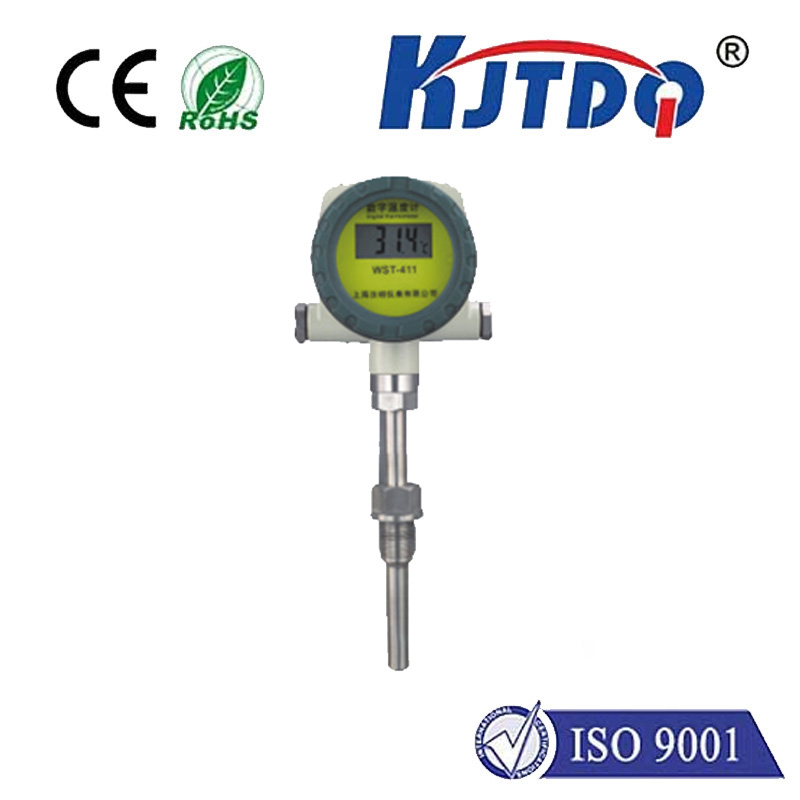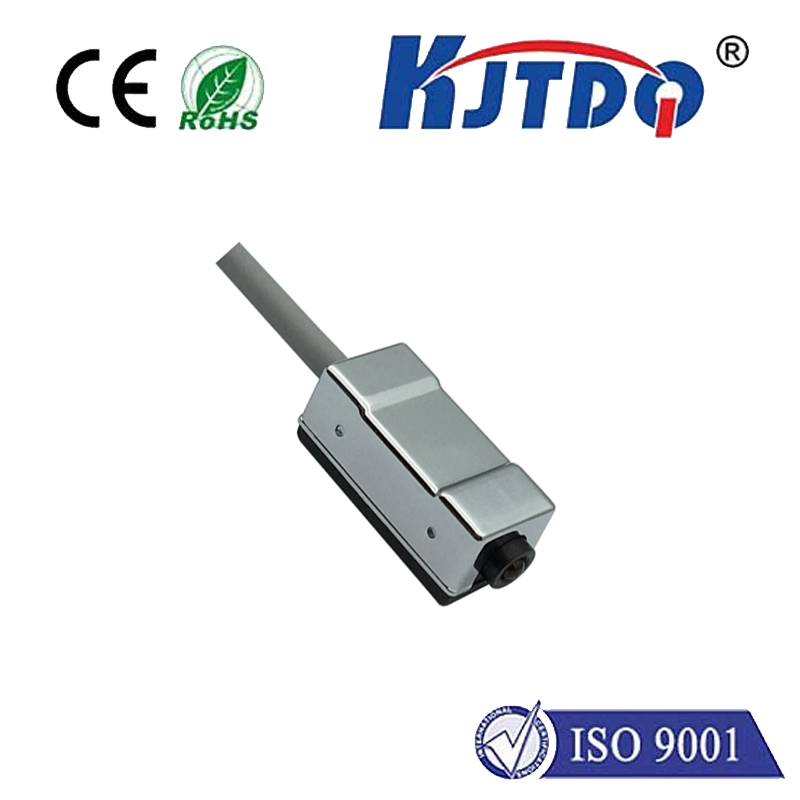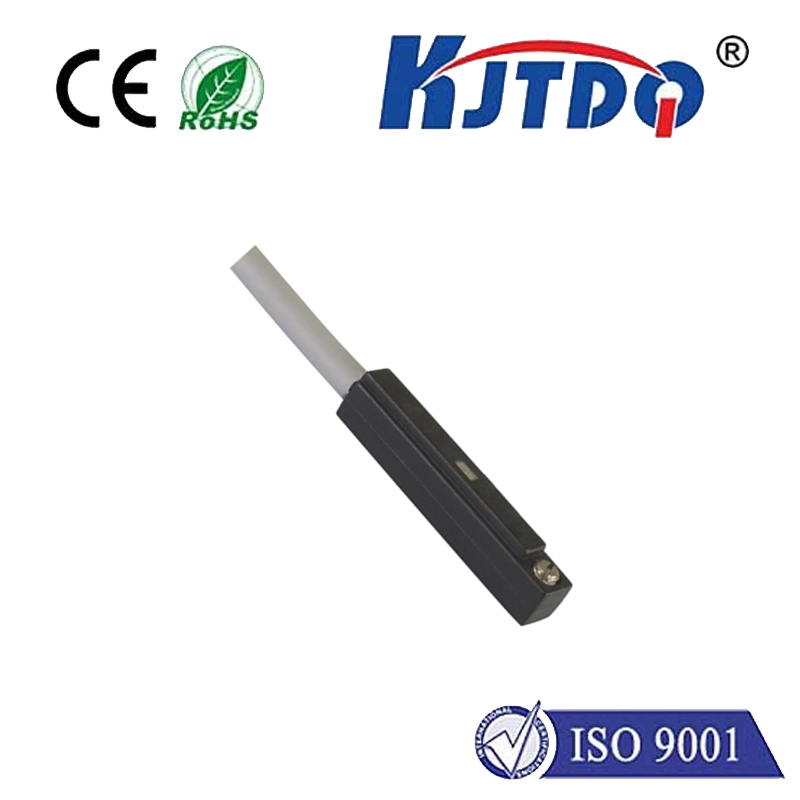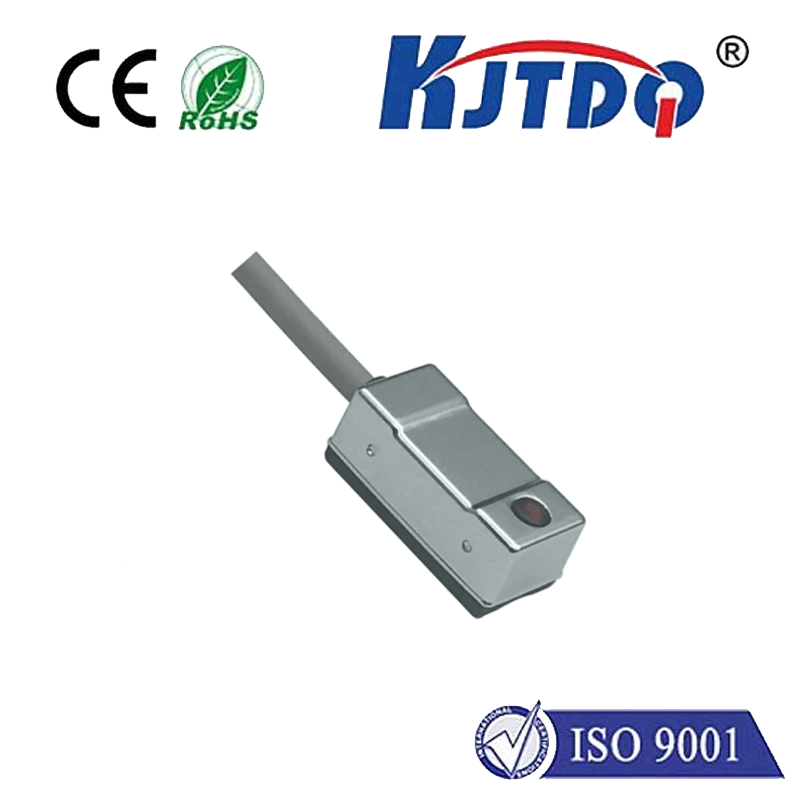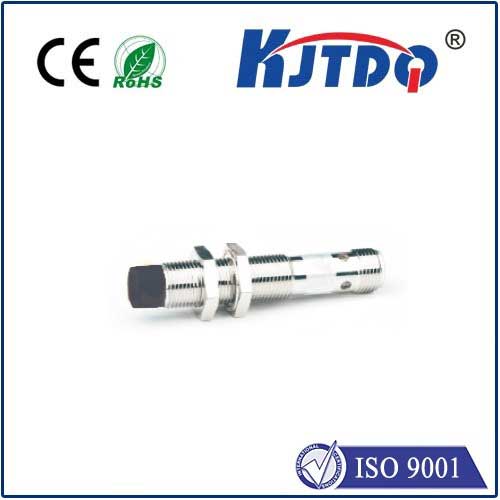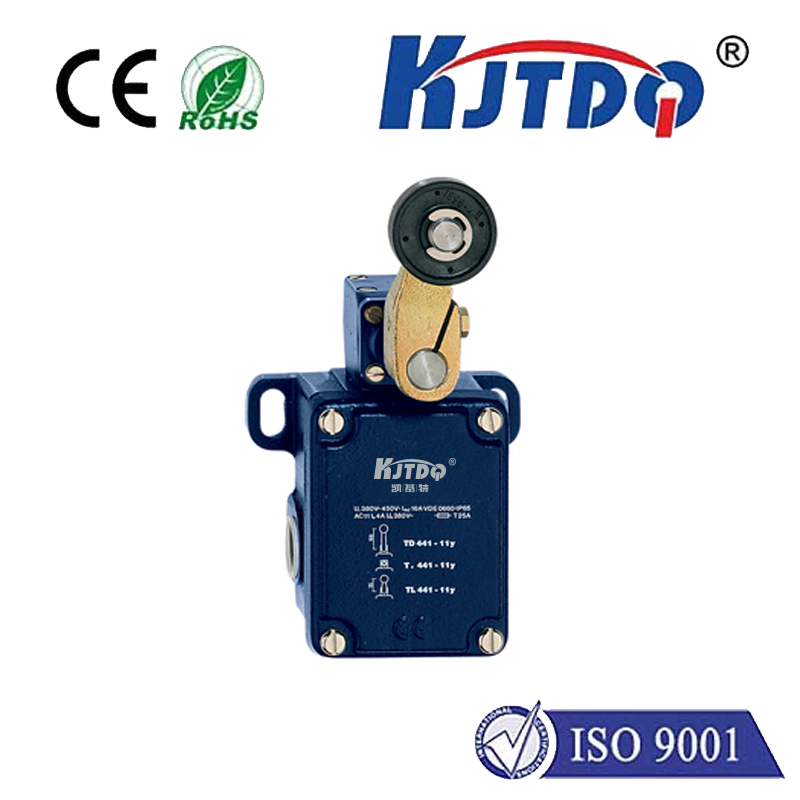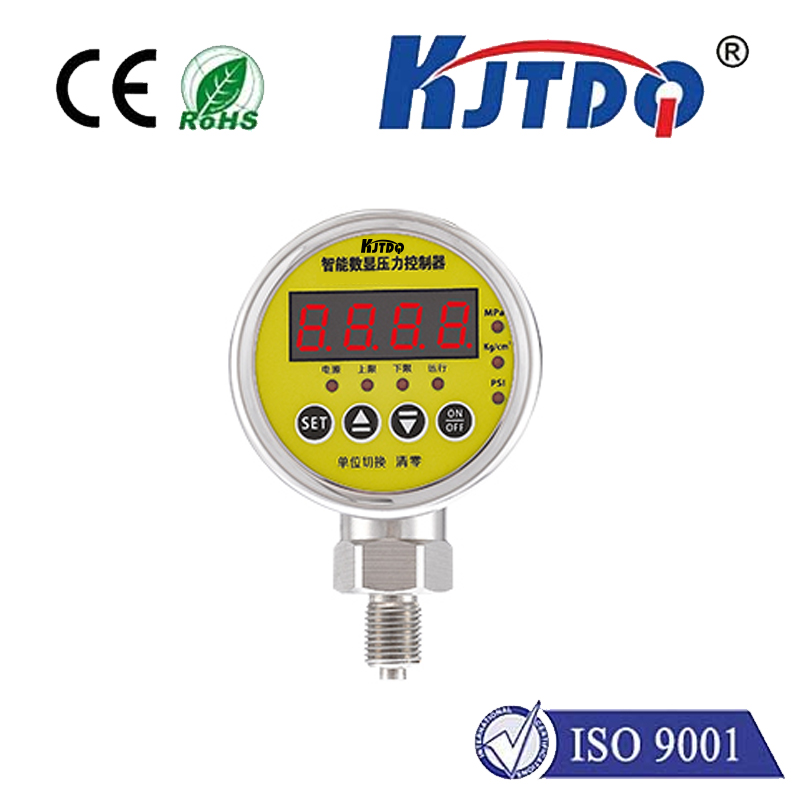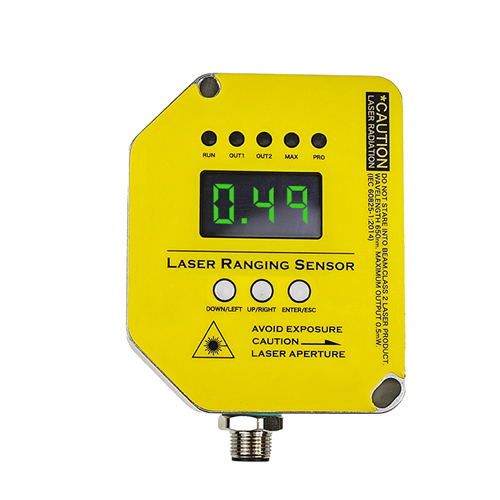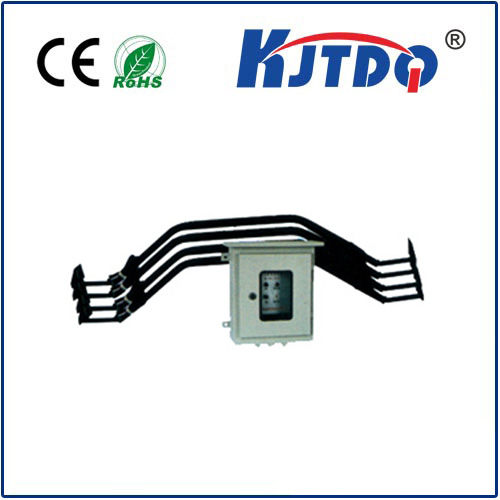arti proximity sensor
- time:2025-06-17 00:45:21
- Click:0
The Future is Close: Understanding the Power of ARTI Proximity Sensors
Imagine a factory assembly line humming with robotic precision, arms gliding effortlessly, components snapping seamlessly into place. Or picture a smartphone screen that instantly dims as you raise it to your ear, conserving precious battery life. Or envision sophisticated industrial machinery safely halting before a human operator gets too close. These scenarios, commonplace in our increasingly automated world, share a silent hero: the proximity sensor. And within this critical category, ARTI proximity sensors have carved a significant niche, offering robust and reliable non-contact detection for countless applications.
At its core, a proximity sensor is an electronic device designed to detect the presence, absence, or distance of nearby objects without physical contact. This non-invasive capability is revolutionary, enabling automation, enhancing safety, improving efficiency, and preventing damage in ways mechanical switches simply cannot. ARTI proximity sensors represent a specific range known for their performance, durability, and adaptability across diverse sectors, from heavy industry to consumer electronics.
How Proximity Sensing Works: The Magic Behind the Detection
Proximity sensors operate using various physical principles to sense objects. Some of the most common technologies used in industrial settings, like many ARTI sensors, include:

- Inductive Proximity Sensors: These reign supreme for detecting metallic targets. They generate an electromagnetic field. When a metal object enters this field, it causes eddy currents, which alter the sensor’s internal oscillation. This change is detected, triggering the sensor’s output. Inductive sensors are prized for their robustness, reliability in dirty environments (dust, oil, etc.), and insensitivity to non-metallic objects.
- Capacitive Proximity Sensors: These detect a much wider range of materials, including metals, plastics, wood, liquids, and even granular substances. They work by measuring changes in capacitance between the sensor’s active surface and the detected object (acting as a dielectric). This makes them incredibly versatile for tasks like liquid level detection, material presence sensing on conveyors, or detecting non-metallic objects.
- Magnetic Proximity Sensors: These specifically respond to magnetic fields, typically emitted by a permanent magnet. They are frequently used for position sensing (e.g., detecting cylinder piston position) or speed sensing (counting rotations using a magnet on a shaft).
ARTI proximity sensors are manufactured to leverage these core principles effectively, often employing inductive or capacitive technology optimized for demanding industrial environments. Their design prioritizes long operational life, consistent performance under stress, and resistance to interference.
Where Precision Meets Application: The Ubiquity of ARTI Sensors
The ability to detect objects reliably without touch opens a vast array of applications. ARTI proximity sensors find essential roles in:
- Industrial Automation: The bedrock of modern manufacturing. They perform critical object detection on assembly lines (is a part present?), position verification (is a machine arm at its home position?), end-of-travel detection, and counting operations. Their resistance to contaminants makes them indispensable on factory floors.
- Machine Safety: Ensuring human operators remain unharmed is paramount. ARTI sensors contribute to safety systems by monitoring guards and access points. If a safety door is opened unexpectedly, a proximity sensor can trigger an immediate machine shutdown, a vital safety interlock function.
- Material Handling: In conveyor systems, automated warehouses, and packaging lines, ARTI sensors reliably detect the presence or absence of boxes, pallets, or components, controlling flow and preventing jams (object detection).
- Automotive Industry: From robotic welding arms precisely locating car bodies to detecting gear positions within transmissions, ARTI sensors provide the precision sensing required in high-volume, quality-critical production.
- Consumer Electronics: While typically smaller and less robust than industrial variants, the fundamental technology underpins features like screen dimming during calls (proximity detection) or touchless interfaces.
- Building Automation: Powering touchless faucets, flush valves, and automatic doors requires reliable proximity detection of approaching users.
The Undeniable Advantages: Why Choose ARTI?
Choosing ARTI proximity sensors delivers tangible benefits that translate to operational excellence:
- High Reliability & Longevity: Engineered for industrial duty cycles, ARTI sensors offer excellent resistance to vibration, shock, and environmental factors like dust, moisture, and oils. This translates to minimal downtime and lower maintenance costs over the sensor’s lifespan.
- Non-Contact Operation: The absence of physical contact eliminates wear and tear on both the sensor and the target object. This is crucial for delicate components or high-speed applications where mechanical contact would be impractical or damaging.
- High Switching Frequency: ART sensors can detect objects at incredibly fast rates, making them suitable for high-speed machinery and production lines where milliseconds count.
- Resistance to Environmental Factors: Many ARTI models boast high ingress protection (IP) ratings (e.g., IP67, IP68), meaning they are sealed against dust ingress and can withstand immersion in water for specified periods. This robustness allows deployment in challenging locations.
- Variety & Flexibility: ARTI typically offers a wide range of sensor types (inductive, capacitive), sizes (including miniature flush-mount options), sensing ranges, output configurations (NPN, PNP, NO, NC), and connection types (cable, connector). This diversity ensures the right sensor can be found for virtually any application requirement.
Selecting the Right Sensor: Key Considerations
Integrating the right ARTI proximity sensor requires careful thought:
- Target Material: Is it metal (induce inductive)? Plastic, liquid, or another non-metal (require capacitive)? Or a magnet (magnetic sensor)?
- Required Sensing Range: How far away does the sensor need to detect the object? Sensor ranges vary significantly.
- Operating Environment: What are the temperature extremes? Is the sensor exposed to water, oils, chemicals, or significant vibration? Check the IP rating and environmental specifications.
- Output Requirements: Does the control system need a sinking (NPN) or sourcing (PNP) signal? Normally Open (NO) or Normally Closed (NC) behavior?
- Size & Mounting Constraints: Is space limited, requiring a miniature sensor? Does it need to be flush-mounted?
- Electrical Specifications: Ensure compatibility with the power supply voltage (e.g., 10-30V DC).
The Quiet Engine of Modern Industry
ART proximity sensors are far more than simple switches. They are sophisticated, reliable components that provide the essential feedback loops enabling automation to function safely and efficiently. Their ability to perform non-contact detection with precision in demanding environments makes them an indispensable tool across manufacturing, logistics, automotive, and countless other sectors. While they often operate unseen, the reliability and precision delivered by technologies like ARTI’s sensors are fundamental to the smooth operation and progress of the modern technological landscape. Understanding their principles and applications reveals just how crucial these small devices are in bringing the future, quite literally, closer.






